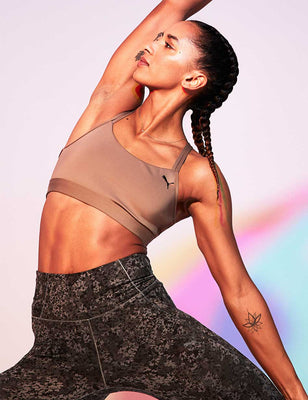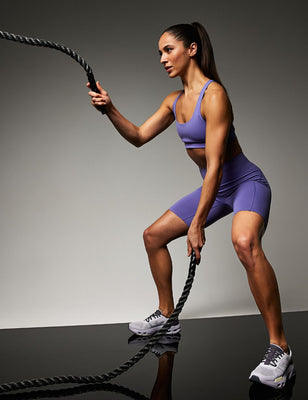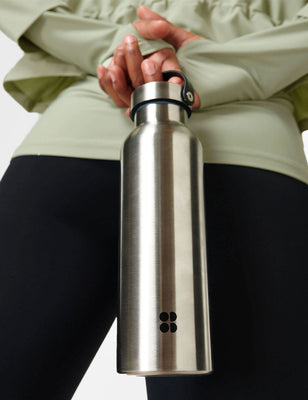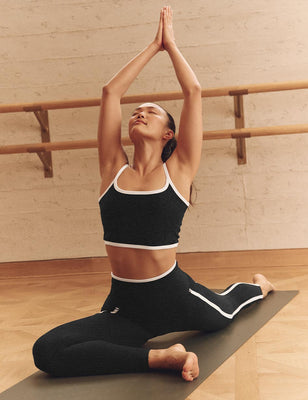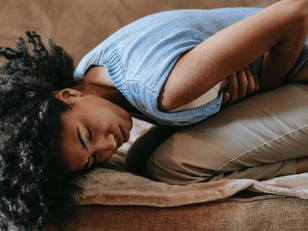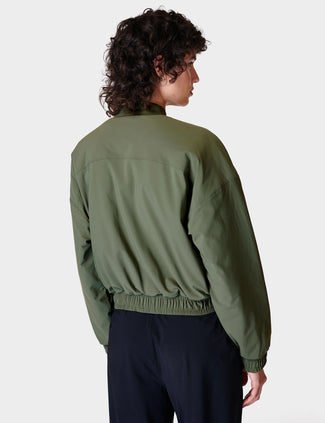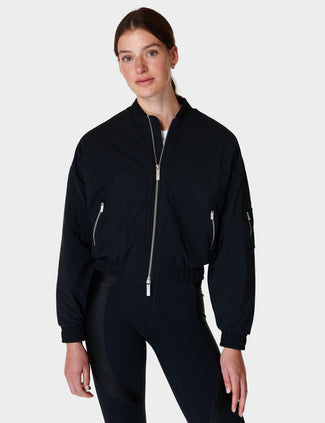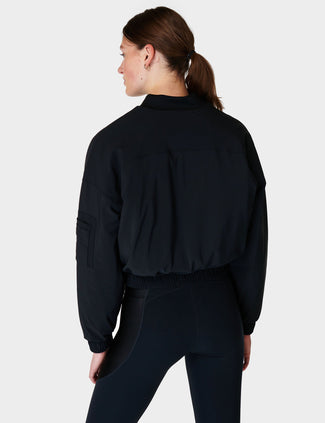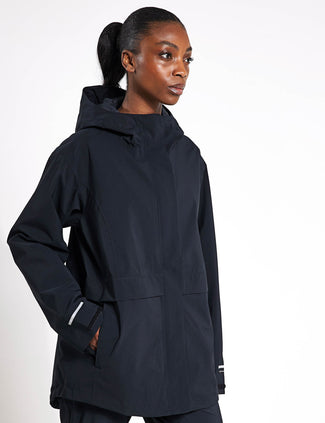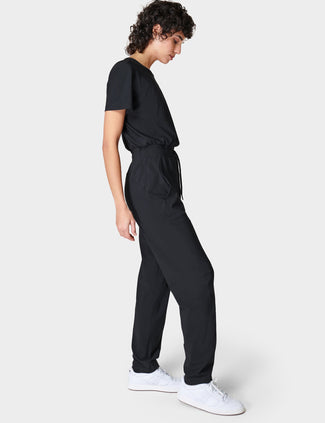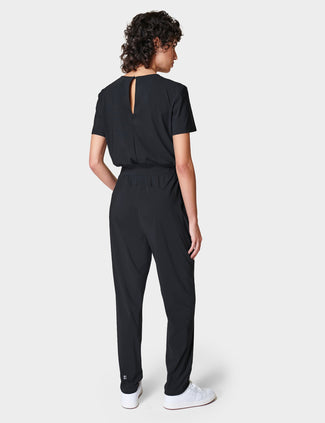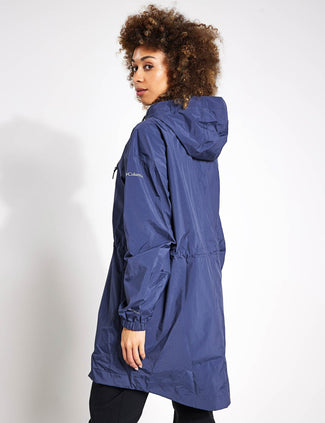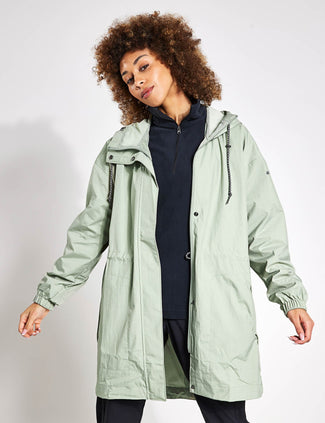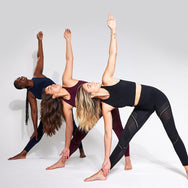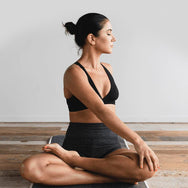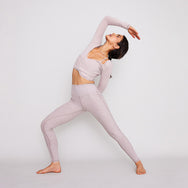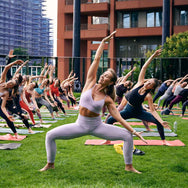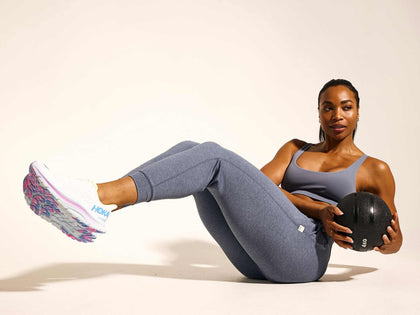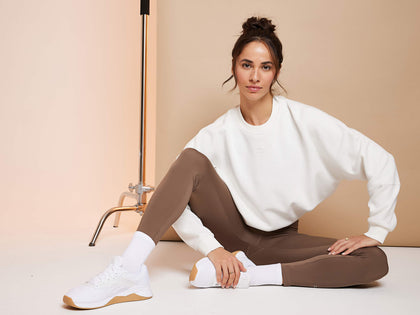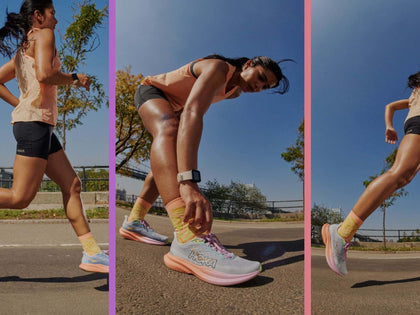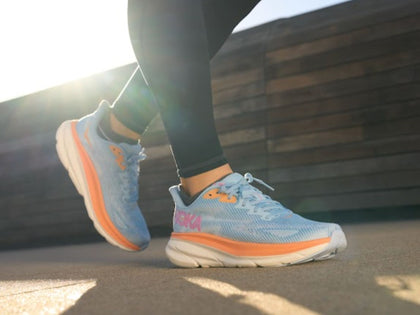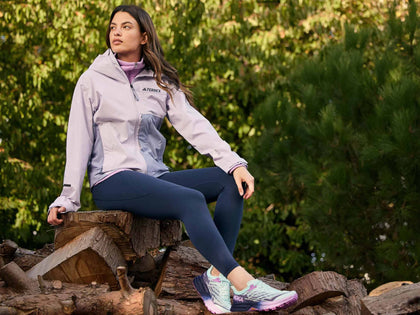
Our busy and fast-paced society, filled with homework, long work days, financial strains, parenting burnout, or other emotionally exhausting situations, can make it difficult to unwind, calm down, and get restful sleep.
Ease into a restful night with a quiet yoga practice focused on deep breathing to calm your mind and release physical tension. This combination of breath and movement activates your parasympathetic nervous system, which helps counteract stress.
Many of the restorative versions of the poses shown here use a prop underneath your forehead to encourage relaxation around the eyes and additional soothing of your nervous system. Follow the below sequence for a soothing end to your day and begin the habit of winding down in preparation for a deep nourishing sleep. To make this follow supportive and even more comforting, consider adding a bolster, yoga block, or even a blanket.
A SIMPLE YOGA SEQUENCE FOR SLEEP
Embrace the benefits of Child’s Pose
Child’s pose is one of the most well-known and accessible poses in yoga. It’s a fundamental resting posture, and almost assured to be part of most yoga practices because of this. Some of the benefits of Child’s Pose include the gentle stretch the position offers the joints and muscles. Child’s Pose is also a wonderful still moment to reconnect with your breath and let any passing thoughts float away.

How to do Child’s Pose:
- Place your knees close together or out wide.
- Relax your chest and allow it to sink into your thighs.
- Relax any tension along your spine.
- Come into Down Dog
- Transition through Down Dog so we can enter into our next pose: lizard pose
What is Lizard Pose in Yoga?
Lizard Pose is a fantastic stretching posture for your hip flexors, hamstrings, and your biceps. It’s especially important to stretch your hip flexor muscles as these are prone to shortening during long periods of sitting down (such as sitting at a desk), and when this happens, it leaves you vulnerable to easy injury. Simply integrating Lizard Pose into your regular routine will go a long way in helping to improve your hip flexibility and strengthen your leg muscles.
How to do Lizard Pose:
- From Downward Dog, bring your left foot forward between your hands and lower
your right knee to the floor
- Walk your left foot to the outer edge of your mat and place your elbows on a block or the floor
- Repeat practice on the second side.
Relax into a Standing Forward Fold
The Standing Forward Fold is a grounding posture in yoga. The benefits of the Forward Fold are that it calms the brain and helps relieve stress (always handy after a busy day). The posture stretches the hamstrings, calves, and hips, and is also credited with reducing headaches and insomnia – exactly what we are trying to achieve in this sequence!
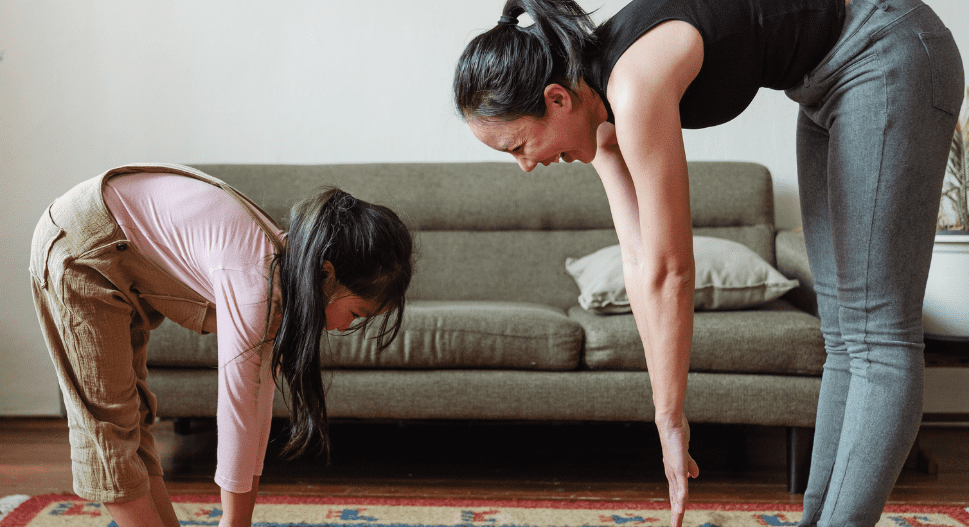
How to do a Standing Forward Fold:
- Walk your feet to your hands
- With feet hip-width apart and a slight bend in the knees, hold your elbows
- Exhale and lengthen down through the crown of your head
- To come up, release your arms, root through your feet, and slowly roll up to rise and prepare for Legs Up the Wall Pose
The benefits of Legs Up the Wall Pose:
This pose may seem odd at first, but it does wonders to regulate blood flow, while improving circulation, and it relieves and restores tired legs. Legs Up the Wall also stretches the back of the neck - important for good posture - and helps relax the mind. You might feel a slight tingling sensation as you hold this pose. Feel free to bring your knees to your chest for a short break, or shake your legs to stimulate circulation.
How to stretch legs against wall:
- Sit with your right side alongside a wall
- Swing up your legs against the wall as you lie on your back, placing your hips against or close
to the wall
- Rest your arms in a comfortable position
- Follow your breath and focus on releasing tension in your body
- Stay in this pose for up to 5 minutes

Use breathwork to relax
Breathwork is a versatile practice that unlocks a number of benefits - perhaps the most immediate of which is feeling more relaxed. The 4-7-8 breathing technique in particular supports relaxation, lowers stress, and calms the mood. Read up on different breathwork techniques and their benefits here.
How to practice the 4-7-8 breathing technique:
- Allow your lips to gently part
- Exhale completely, making a breathy whoosh sound as you do
- Press your lips together as you silently inhale through the nose for a count of 4 seconds
- Hold your breath for a count of 7
- Exhale again for a full 8 seconds, making a whooshing sound throughout
- Repeat 4 times when you first start. Eventually work up to 8 repetitions
CONCLUSION
Incorporating an easy-to-follow, uncomplicated routine of yoga for sleep will really help you unwind at the end of your day, and switch off your mind so you can focus on a little self care. Each one of these practices individually will help you to relax, so you can ease with one technique if you don’t have the time for the full sequence. However, using this guide as a full sequence of yoga before bed will help prepare you for a calm and restful sleep.
